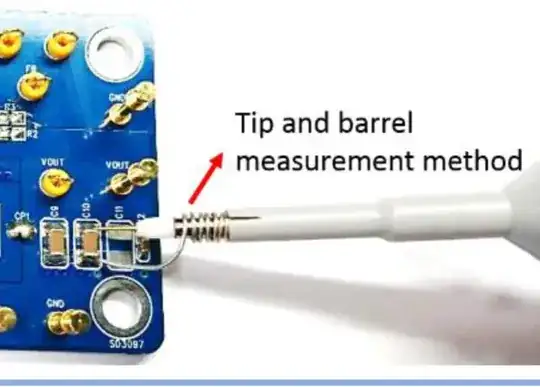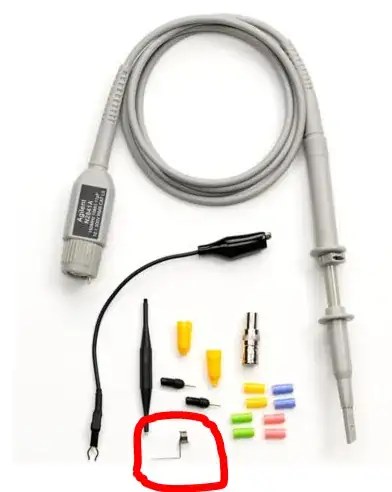To reduce the loop area and noisepick up, the GND lead of the scope probe is very next to the tip in the below probe:
I don’t have such probes and my scope probe GND leads are much longer alligator clips.
Does the type of probe in the photo have a name or is it homemade? And when is it used?



